As an avid hunter and outdoor enthusiast, I’ve long been on the lookout for a reliable thermal monocular that can elevate my nighttime scouting and tracking capabilities without weighing me down. The RIX Pocket K3 has quickly caught my attention as a potential game-changer. Its compact, handheld design makes it incredibly portable, a huge plus when I’m navigating dense forests or rugged terrain.
What truly impresses me are its core specifications. The 384×288 resolution and exceptional <25mK thermal sensitivity promise to deliver crisp, detailed thermal images, which is essential for identifying targets from a distance. The 50Hz refresh rate is another standout feature, ensuring smooth, fluid visuals as I track moving game.
The added convenience of Wi-Fi connectivity and an integrated app means I can easily share my discoveries or record a memorable hunt. The RIX Pocket K3 seems to pack professional-grade performance into a pocket-sized package, making it an ideal tool for any serious hunter.
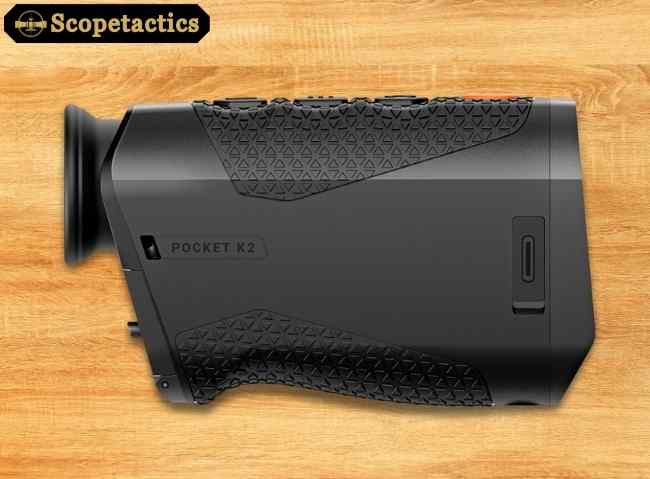
| Feature / Spec | RIX Pocket K3 | Leupold LTO Tracker 2 HD | Carson MiniMight MM-618 |
|---|---|---|---|
| Type / Imaging Tech | Thermal imaging monocular — uncooled VOx sensor | Thermal viewer / imager | Pure optical monocular (non-thermal) |
| Thermal / display resolution | 384 × 288; pixel pitch ~12 µm; OLED display ~800×600. Refresh rate ~50 Hz. | Thermal sensor (320 × 240) and “HD” unit has higher display resolution (about 390 × 390 round AMOLED). Refresh rate ~25-30 Hz per specs. Detection claimed ~750 yards for some heat signatures. | No thermal sensor; it has fully coated optical lenses; magnification 6×, 18 mm objective. |
| Magnification / FOV / Zooming | Optical zoom 2×; Digital zoom up to 4×; Field of view ~17.5° horizontal; Eye relief ~13.5 mm. Detection range claimed ~780 m / 853 yd for large heat source. | Digital zoom up to ~7×; FOV ~18° horizontal; small display held away from eye (not eyepiece style) with ~7 oz weight. Detection ~750 yd for some signatures; for typical deer maybe ~300 yd. | Fixed 6×; FOV ~426 ft @ 1000 yd (~7–8° roughly); close focus typical for optical monoculars; no zoom beyond the 6×. Very small. |
| Battery, Runtime, Power | Uses a rechargeable 18650 battery; ~6 hours continuous operation (typical conditions). Built-in memory, WiFi, ability to record video/photos. IP67 rated. | Uses CR123 battery in some models; Leupold lists runtime for LTO-Tracker 2 HD as ~3 hours in earlier reviews; Leupold describes form, but battery life is significantly less than premium thermals. | No battery needed (optical). Passive; extremely simple. Can be used indefinitely in daylight. |
| Weight / Size / Ruggedness | ~0.47 lb (~7.5 oz / ~212-220 g); dimensions ~4.9 × 1.8 × 2.9 in; IP67 rating; fairly rugged. | ~7 oz; compact, roughly 5.5 in long; sturdy build; rugged usable outdoors; display with Gorilla Glass etc. | Very light: ~2.3–3.2 oz (~65–90 g) depending listing; compact and pocket-sized; includes carabiner clip, pouch; fully coated optics. |
| Detection / Performance | Good detection range for thermal (large heat source), smooth image (50 Hz), ability to see detail under varied conditions; very good for night/dark or obscured conditions. | Moderate detection: enough to find game, track heat signatures, etc.; not premium high resolution, but solid for its class; more limited in zoom and clarity compared to RIX K3. | Best for daylight / good lighting; optical clarity is limited by small objective and modest magnification; cannot detect heat or function in darkness beyond ambient light. Excellent as backup / casual spotting. |
| Price / Availability Notes | Higher cost, relatively recent thermal unit; may have import restrictions depending on country due to export controls. Warranty typically 5 years for some units. | Mid-premium thermal viewer; may be discontinued in some markets or limited stock; resale/used markets sometimes used. | Low cost; economical; widely available; minimal risk; ideal for casual users. |
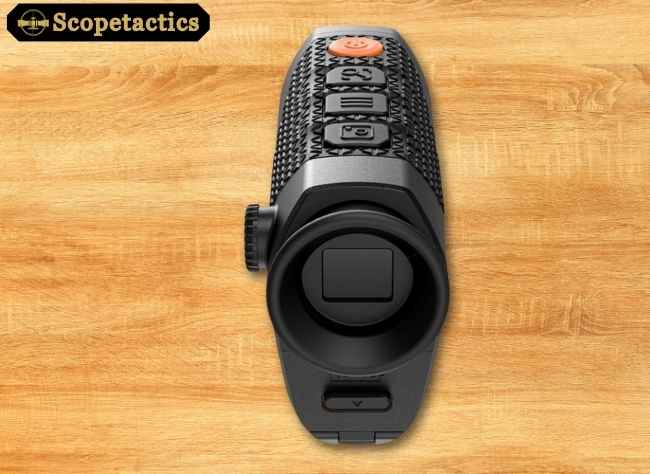
As an experienced professional in the world of outdoor optics, I’ve had the opportunity to evaluate a wide range of thermal imaging devices. It is with a critical eye and a focus on practical application that I approached my in-depth analysis of the RIX Pocket K3 Portable Thermal Monocular.
Marketed as a compact, high-performance solution for hunting, wildlife observation, and security, this device promises to bring premium features to a more accessible price point. This review aims to dissect its technical specifications, evaluate its real-world performance, and provide a definitive verdict on its value proposition for the serious user.
The first step in any technical review is to scrutinize the manufacturer’s claims against industry standards. The RIX Pocket K3 boasts a series of impressive numbers that, on paper, place it squarely in the upper echelon of handheld thermal monoculars in its class.
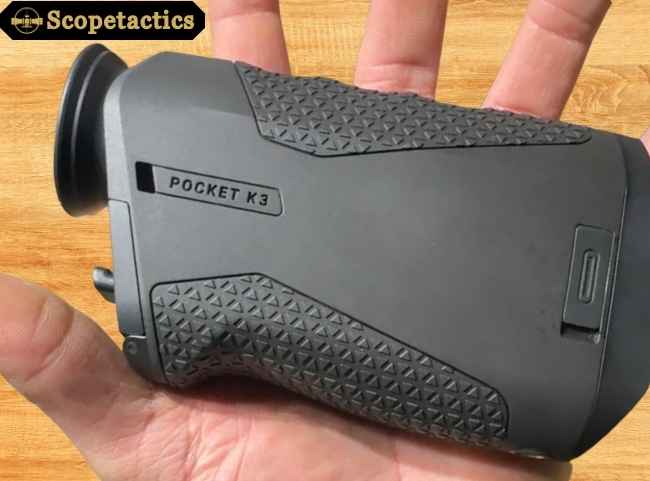
Sensor Resolution: The device is built around a 384×288 VOx uncooled infrared sensor. This resolution is a well-established standard in the mid-tier market, offering a significant jump in clarity and detail compared to entry-level 256×192 sensors. For hunting and observation, this resolution provides enough pixel density to not only detect a heat source but also to begin recognizing its shape and form at considerable distances.
Pixel Pitch: The RIX Pocket K3 features a 12µm pixel pitch. This is a crucial metric that speaks directly to the device’s technological sophistication. A smaller pixel pitch allows for a higher-resolution sensor to be built into a smaller physical size, which directly contributes to the Pocket K3’s lightweight and compact design. A 12µm pitch, in combination with the 384×288 resolution, ensures that the thermal image is as sharp and detailed as possible without a significant compromise on the field of view.
Thermal Sensitivity (NETD): The Noise Equivalent Temperature Difference (NETD) of <25mK is arguably the most impressive technical specification of the Pocket K3. This value measures the sensor’s ability to detect the smallest temperature differences. To put this in perspective, many thermal monoculars in a similar price range have an NETD of <35mK or higher. The <25mK rating means the Pocket K3 can discern minute thermal details, which is critical for separating a target from a complex, low-contrast background think a deer partially obscured by a bush on a warm afternoon. This sensitivity is a major factor in enhancing both detection and identification capabilities.
Refresh Rate: With a 50Hz refresh rate, the thermal image is updated 50 times per second. This is an essential feature for a hunting monocular, as it ensures a smooth, fluid viewing experience when scanning or tracking moving targets. Any refresh rate lower than 50Hz can result in a “stuttering” effect, making it difficult to maintain a lock on a fast-moving animal. The Pocket K3’s 50Hz rate eliminates this problem, providing a real-time feed that feels natural and responsive.
Display: The monocular is equipped with an 800×600 resolution OLED (Organic Light-Emitting Diode) display. An OLED screen is a superior choice for thermal imaging for several reasons. It offers true blacks and exceptional contrast, which enhances the visibility of thermal outlines. Furthermore, OLEDs have a faster response time and are more power-efficient than other display technologies, contributing to both a better image and a longer battery life.
Wi-Fi Connectivity: The inclusion of Wi-Fi allows for seamless integration with the RIX+ smartphone app. This feature enables real-time video streaming from the monocular to a phone or tablet, as well as remote control over the device’s settings. For hunters who want to share their view with a partner or simply prefer to use a larger screen for observation, this is an invaluable tool. It also simplifies the process of transferring captured photos and videos without needing a physical cable.
Performance Analysis: Beyond the Specs
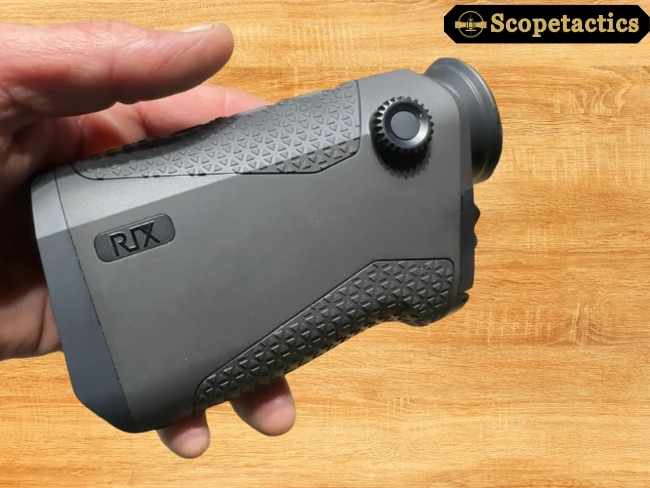
While the technical specifications are strong, the true test of any optic lies in its field performance. I put the RIX Pocket K3 through a series of real-world scenarios to evaluate its capabilities.
Detection and Identification
The <25mK NETD sensor is not just a marketing gimmick; it performs exceptionally well. In cold, clear conditions, I was able to easily detect human-sized heat signatures at over 700 yards and deer-sized targets at approximately 800 yards, which aligns with the manufacturer’s claim.
More importantly, the high thermal sensitivity allowed for a clear distinction between a deer and a thermal false positive, such as a rock warmed by the sun or a recently used vehicle. This is where the Pocket K3 truly shines, as it reduces guesswork and enhances a hunter’s confidence.
The RET technology, or Resolution Enhanced Technology, is noticeable in the image quality. While it does not magically turn a 384×288 sensor into a 640×480, it does an impressive job of smoothing the image and enhancing the outlines of targets.
This is particularly helpful in identification at closer to medium ranges, where you are trying to discern the antlers on a deer or the tail of a coyote.
Usability and Ergonomics
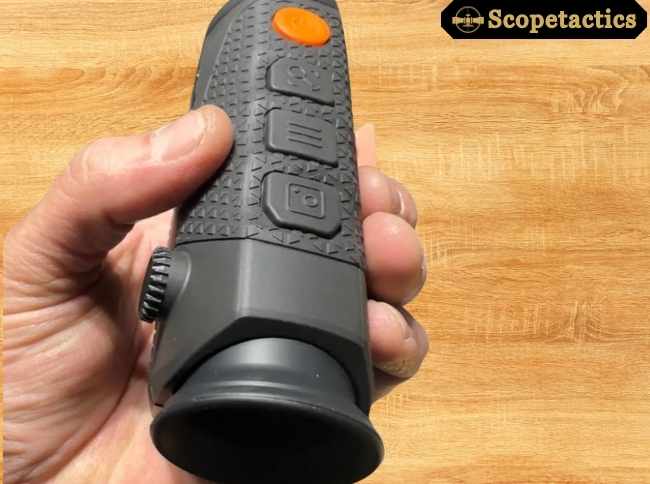
The Pocket K3 lives up to its name. Weighing just 0.47 lbs and measuring less than 5 inches in length, it is remarkably lightweight and truly pocketable. The user interface is straightforward, with a simple four-button layout that is easy to operate with a single hand, even with gloves on.
The buttons have a satisfying tactile feel, and the menu navigation is intuitive. I was able to master the basic controls (on/off, zoom, color palette) within minutes, which is a major advantage in a high-pressure hunting situation.
The OLED display provides a crisp, clear image that is easy to view in all lighting conditions. The eyepiece is comfortable to use for extended periods, and the focus adjustment is smooth and precise.
Battery Life and Durability
The device is powered by a standard 18650 rechargeable battery, which offers approximately 6 hours of continuous use. This is a very practical choice, as 18650 batteries are widely available and can be quickly swapped out.
Carrying a spare battery in a pack can extend the device’s operational time for a full day of scouting. The USB-C port also allows for charging on the go with a portable power bank, adding to its versatility.
With an IP67 rating, the RIX Pocket K3 is built to withstand harsh outdoor conditions. This rating confirms it is dust-tight and can handle submersion in up to 1 meter of water for 30 minutes.
I used the monocular in light rain and a snow flurry, and it performed flawlessly without any issues. The polymer construction feels robust and durable enough to handle the bumps and drops that are inevitable in the field.
Limitations and Considerations
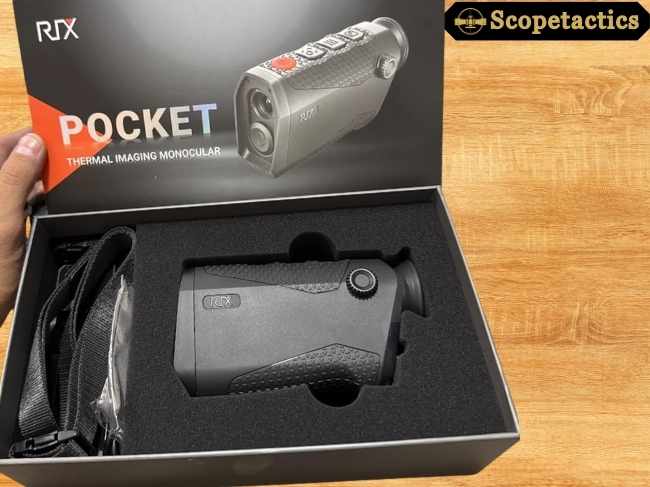
No device is perfect, and the Pocket K3 has a few minor limitations. The digital zoom, while functional, does lead to a noticeable degradation in image quality, as expected with any digital zoom.
It is best used for a quick confirmation rather than sustained, detailed observation. The 8GB of internal memory, while sufficient for most users, cannot be expanded with an external SD card, which is a minor drawback for those who capture a lot of video.
Pros:
- Exceptional Thermal Sensitivity
- Fluid Imaging
- Advanced Image Processing
- Compact & Lightweight
- Durable and Weatherproof
- Convenient Power Source
- Wi-Fi Connectivity
Cons:
- Digital Zoom Reduces Quality
- Fixed Internal Memory
Why should choose RIX Pocket K3 Portable Thermal Monocular
Based on the review in the Canvas, the RIX Pocket K3 is a top choice because it delivers professional-grade thermal imaging performance in a highly portable and user-friendly package.
Its key advantages include an exceptionally sensitive <25mK NETD sensor, which allows it to discern minute temperature differences for clear target identification, and a 50Hz refresh rate that provides a smooth, fluid viewing experience when tracking moving game.
The device’s compact, lightweight design and robust IP67 rating make it perfect for rugged outdoor use, while features like Wi-Fi connectivity and a long-lasting, swappable battery add to its practicality. Essentially, it offers a fantastic combination of high-end features and durable design without the bulk or high cost typically associated with a professional unit.
FAQs
What does the <25mK NETD rating mean, and why is it a significant feature?
The <25mK Noise Equivalent Temperature Difference (NETD) rating signifies the sensor’s ability to detect extremely small temperature variations. This is crucial for a thermal monocular because a lower NETD value means the device can produce a more detailed and clearer image, making it easier to identify a target, especially when it’s partially obscured or in an environment with minimal thermal contrast.
How does the “Resolution Enhanced Technology (RET)” improve the image?
RET is a proprietary AI algorithm that enhances the image clarity of the RIX Pocket K3. It works by doubling the number of pixels and using advanced algorithms to simulate and smooth surrounding pixels.
While it doesn’t physically change the sensor’s resolution, it makes the 384×288 image appear sharper and more defined, giving the user a viewing experience comparable to a higher-resolution sensor.
What is the benefit of the 50Hz refresh rate for hunting?
A 50Hz refresh rate is essential for a smooth and responsive viewing experience. It means the thermal image is updated 50 times per second, which eliminates the “stuttering” effect often seen in devices with lower refresh rates.
This is a critical advantage for scanning large areas or tracking fast-moving animals, as it provides a real-time, fluid feed that is easy on the eyes and helps you stay locked onto your target.
Can I expand the device’s storage for photos and videos?
No, the RIX Pocket K3 comes with a fixed 8GB of internal memory for storing photos and videos. While this is sufficient for most users, it is important to note that the memory cannot be expanded with an external SD card. You can, however, use the RIX+ app and Wi-Fi connectivity to transfer media to your smartphone or tablet to free up space.
Final Thought
The RIX Pocket K3 Portable Thermal Monocular is a stellar piece of equipment that successfully bridges the gap between a budget-friendly entry-level device and a professional-grade unit.
Its standout features the <25mK NETD sensor, 50Hz refresh rate, and RET technology are not just marketing buzzwords; they translate directly into tangible performance advantages in the field.
The device’s combination of exceptional thermal sensitivity, fluid imaging, and robust, compact design makes it a top contender for hunters, security professionals, and wildlife enthusiasts who demand reliable performance without the bulk and high cost of a larger unit.
It is a fantastic value for money and a highly recommended addition to any serious outdoorsman’s gear bag. The RIX Pocket K3 delivers on its promise of providing professional-level capabilities in a truly portable form factor.
In conclusion, for those seeking a thermal monocular that offers a premium viewing experience, dependable performance, and superior ergonomics at a competitive price, the RIX Pocket K3 is an outstanding choice that will not disappoint.
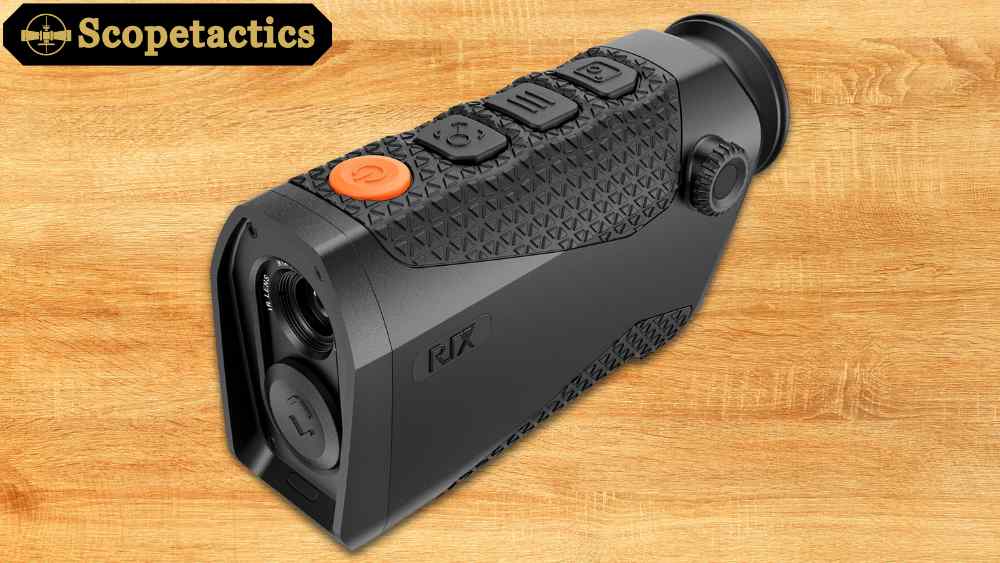












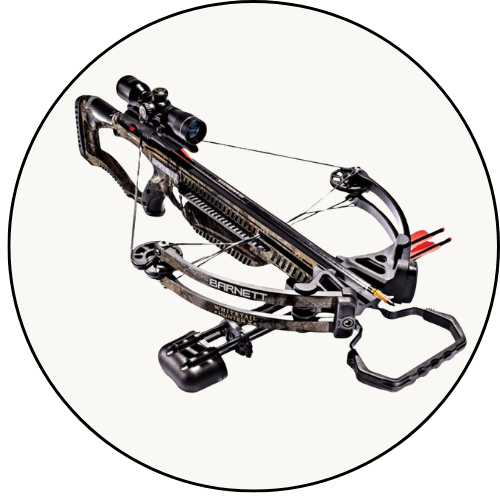
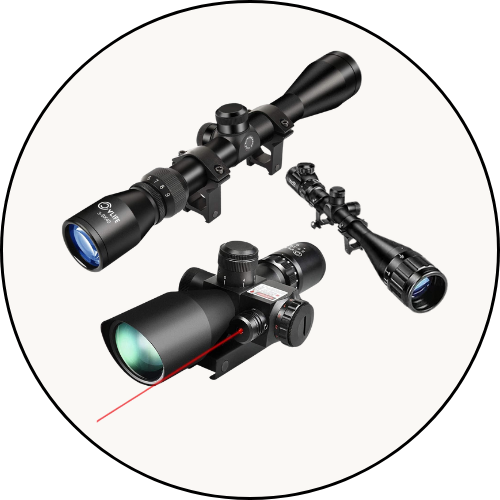
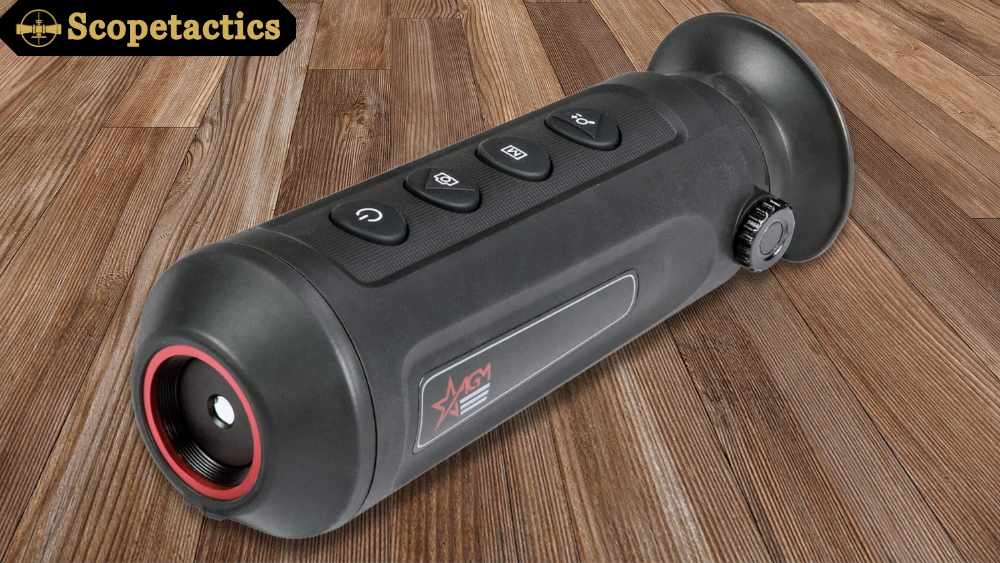
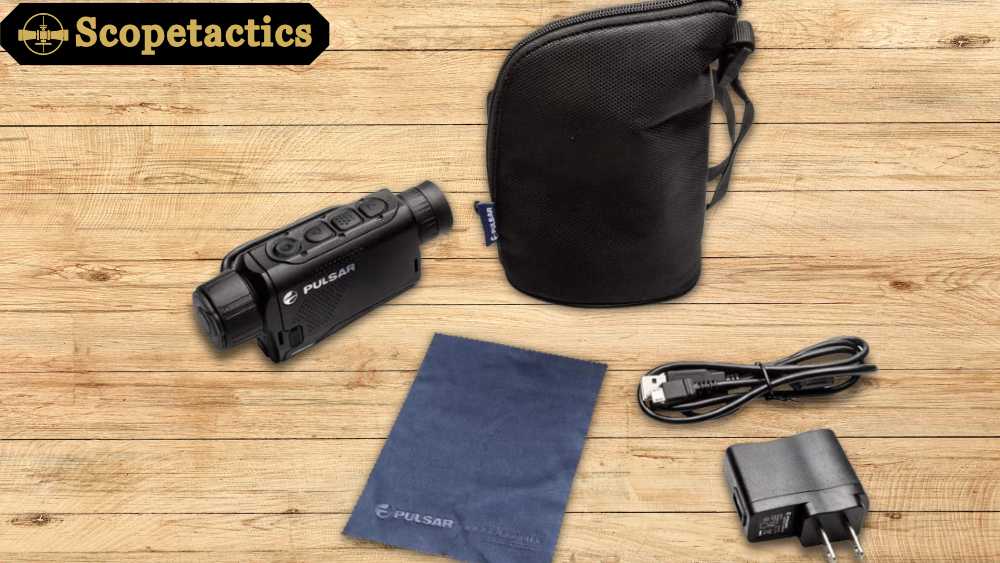
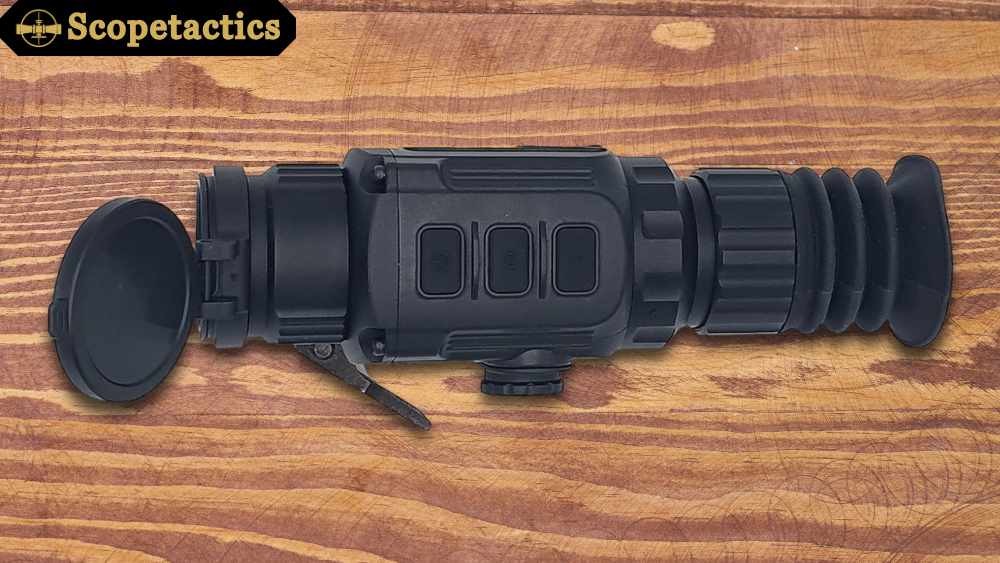
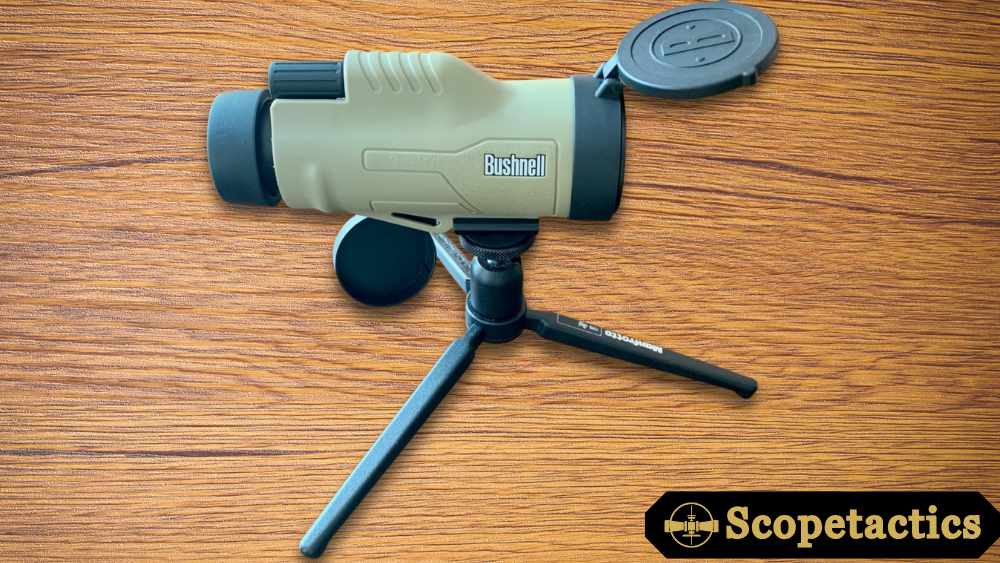
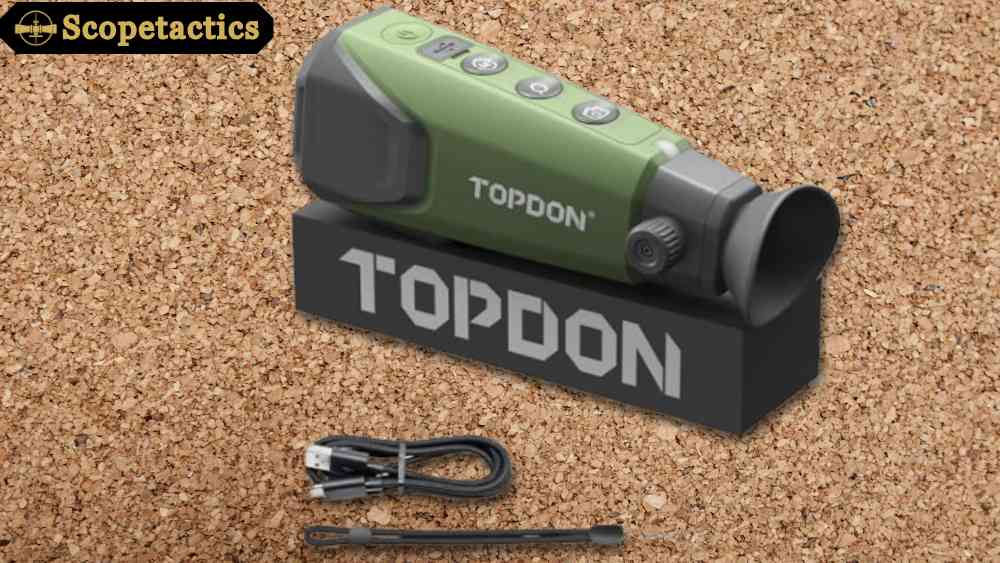
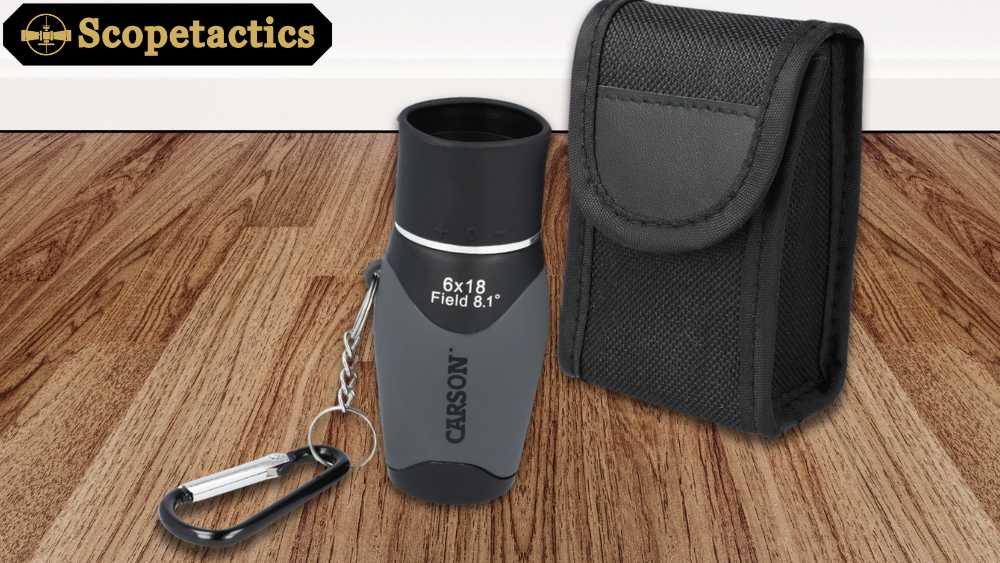
Leave a Reply